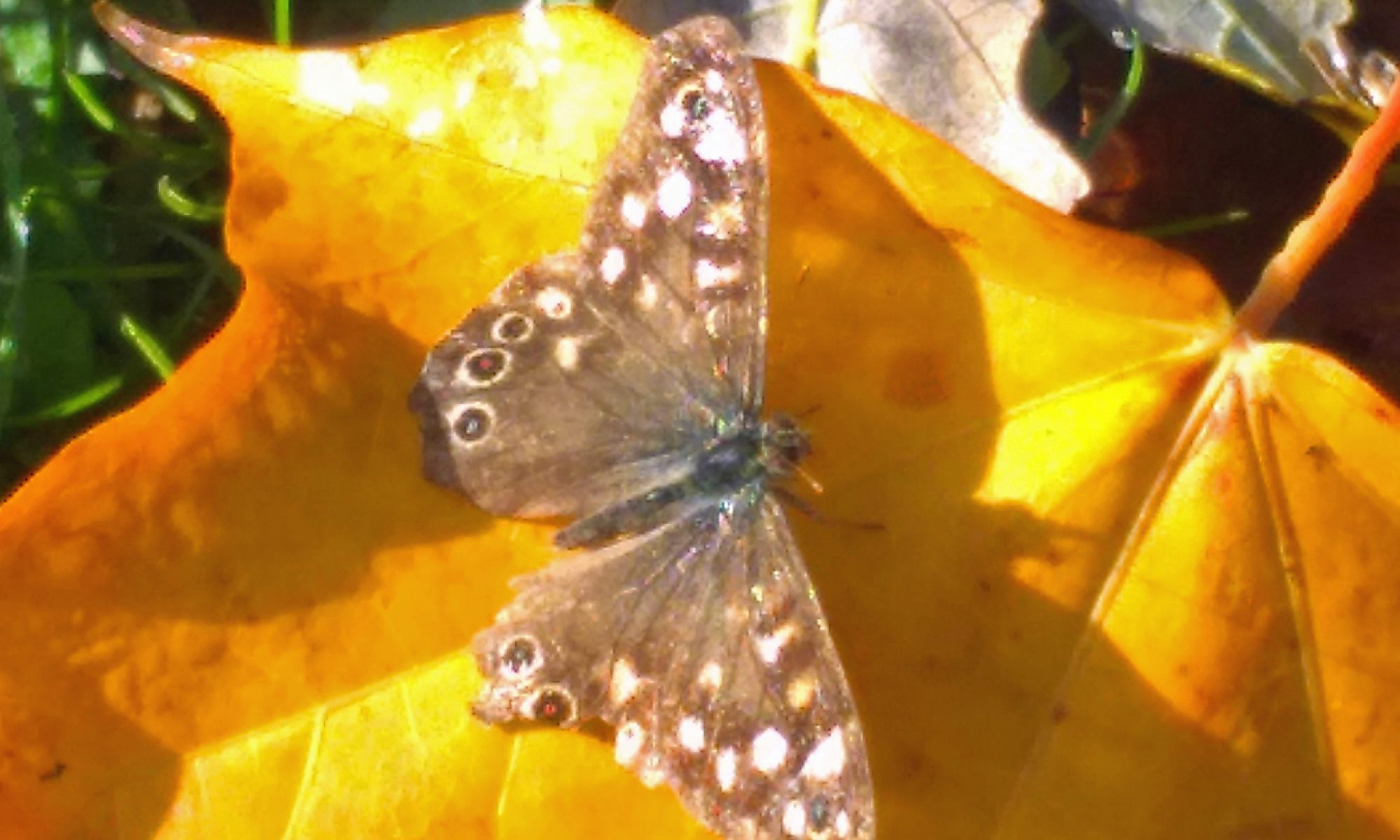A tale of two butterflies
| Links to the story | Key Stage 2 and 3 programmes of study | Possible learning outcomes | Big ideas |
| A tale of two butterflies | identify how animals and plants are adapted to suit their environment in different ways and that adaptation may lead to evolution [KS 2, Year 6] | appreciate that two butterflies living together in the wood can have different life stories, some being resident and other migrant | adventures in time and space being and becoming climate change life depend depends on life summer stories the environment |
- In Southern Europe and North Africa, red admiral butterflies can breed continuously throughout the year. Why is important in the survival of the red admiral species?
At present, the red admiral is a common butterfly in the UK, despite the long and difficult journey it undertakes when it migrates. Many of the returning butterflies do not make it back to S Europe/N Africa to breed. If the next generation was entirely dependent on the breeding success of these returning butterflies, then the population numbers could be much more variable.
In fact, the continual breeding of the butterflies in S Europe/N Africa means there is a large stock of red admirals able to make the migration to the UK for the summer.
- Why is it an advantage for the specked wood to defend a territory in Nowhere Wood?
It is the male butterflies that defend the territory. Flying in the shaft of sunlight, the male glows a golden colour and is very visible to a female. Having exclusive access to the spot when the sunlight shines means that it increases its chances of being seen and of reproducing successfully.

